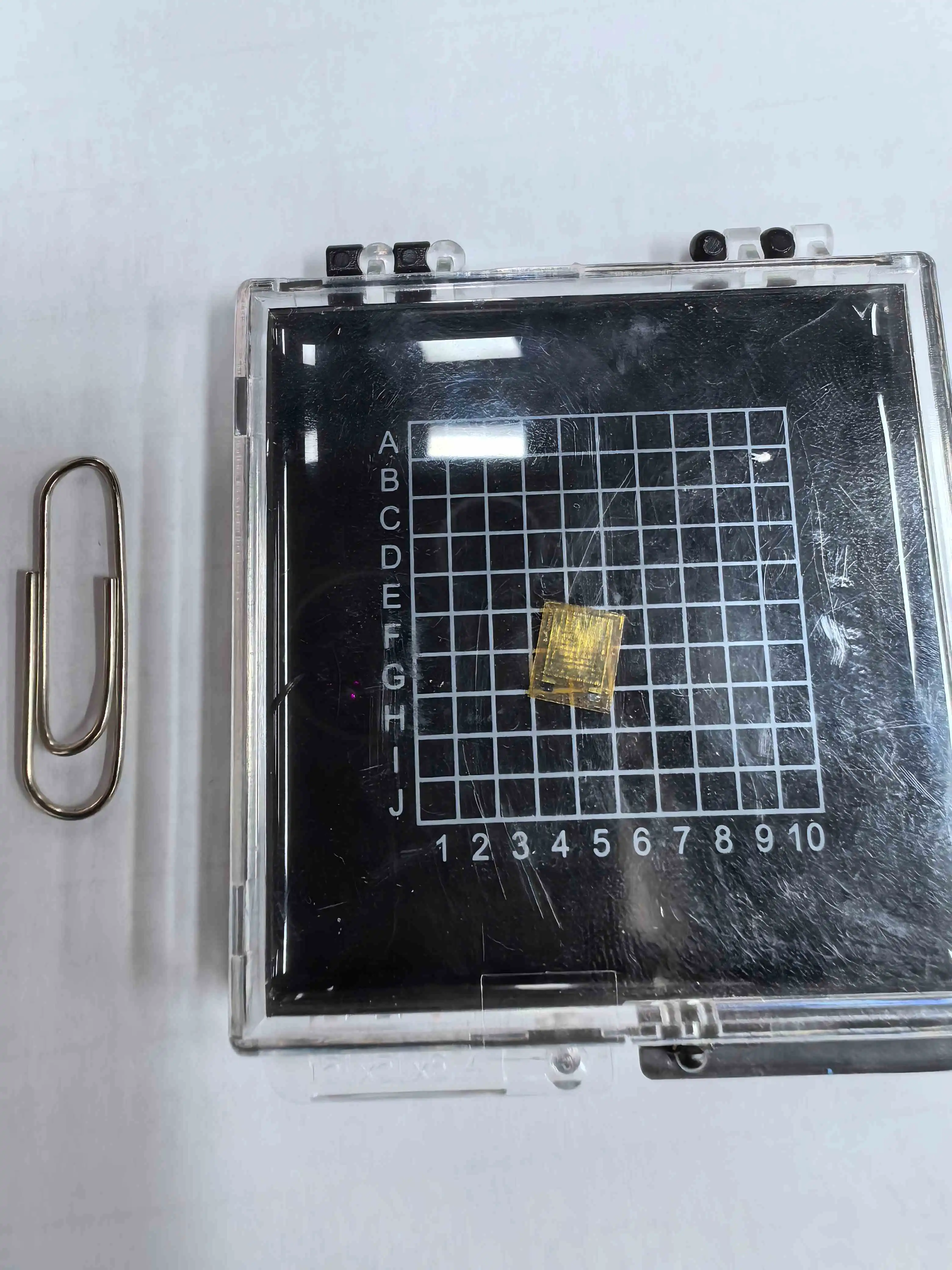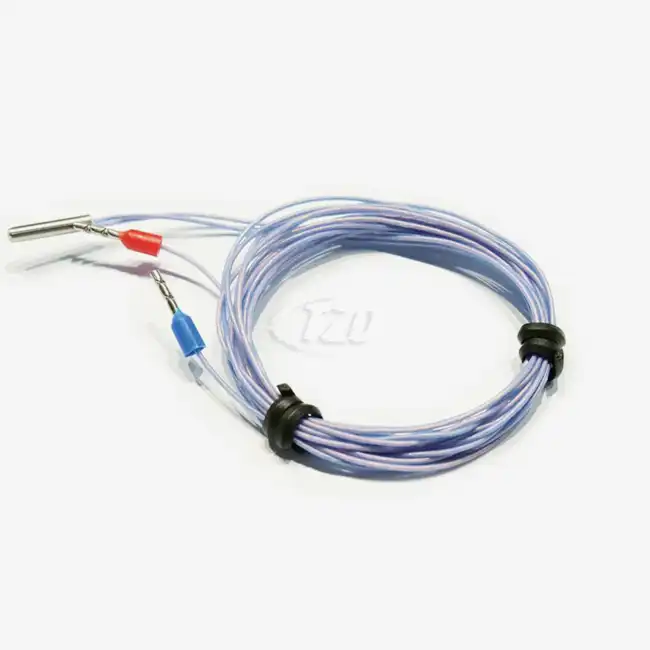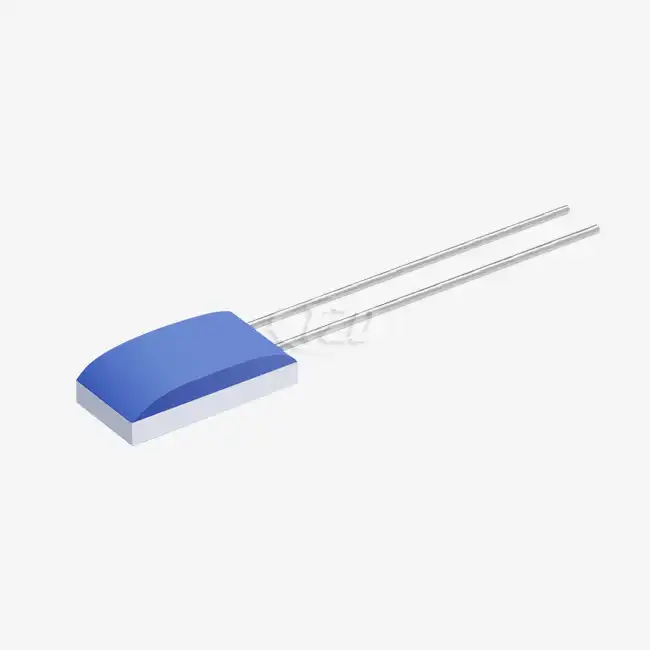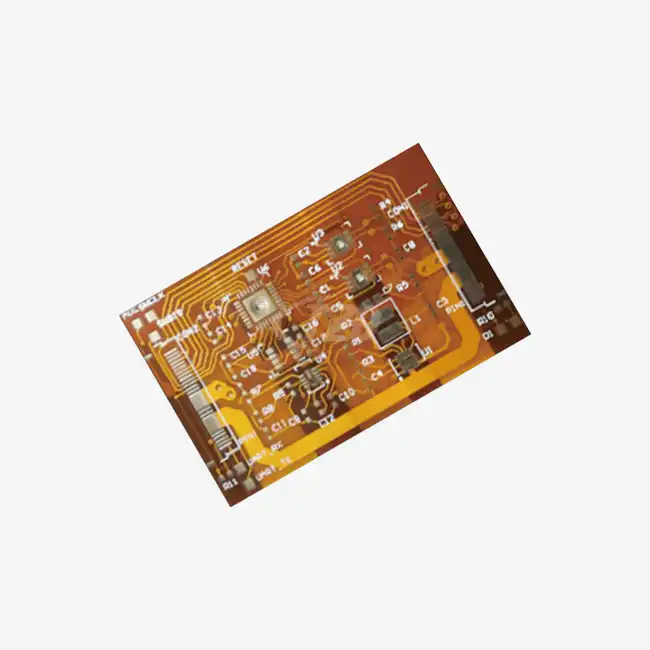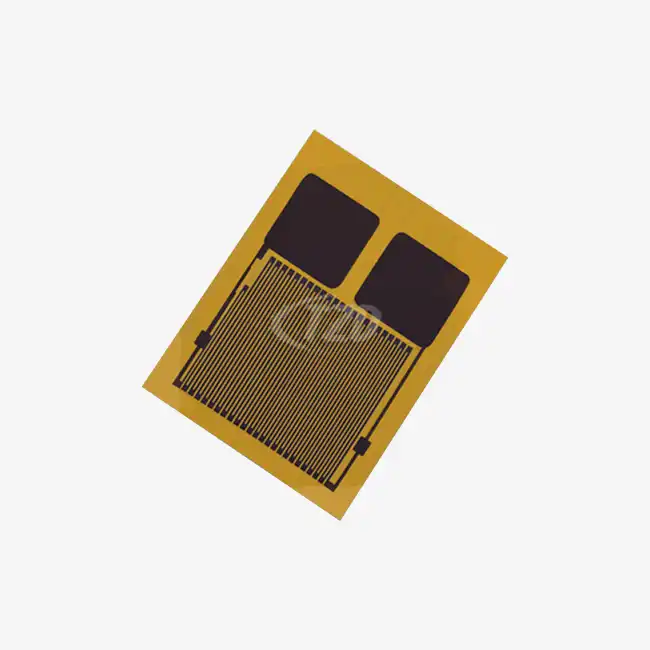Introducing Polymer-Based Flexible Thermal Sensors
The Science Behind Flexibility
Polymer-based flexible thermal sensors represent a significant leap forward in temperature measurement technology. These sensors utilize specially engineered polymers that exhibit temperature-dependent electrical properties. The unique molecular structure of these polymers allows for remarkable flexibility while maintaining high sensitivity to temperature changes.
The flexibility of these sensors stems from the inherent properties of polymers. Unlike traditional rigid sensors, which often use metallic elements, polymer-based sensors can bend, twist, and conform to various shapes without losing their functionality. This adaptability is crucial in applications where the sensor needs to maintain contact with non-flat surfaces or be integrated into flexible devices.
Advantages Over Traditional Sensors
Flexible thermal sensors offer numerous advantages over their rigid counterparts. Their ability to conform to irregular surfaces ensures better thermal contact, resulting in more accurate temperature readings. This feature is particularly valuable in medical applications, where the sensor needs to maintain consistent contact with the skin for precise body temperature monitoring.
Moreover, the polymer-based construction of these sensors often leads to improved durability. They can withstand repeated bending and flexing without degradation in performance, making them ideal for wearable devices and other applications subject to frequent movement or vibration.
Another significant advantage is the potential for large-area sensing. Flexible thermal sensors can be fabricated in larger sizes and irregular shapes, allowing for temperature monitoring over broader areas or in complex geometries that would be challenging for traditional rigid sensors.
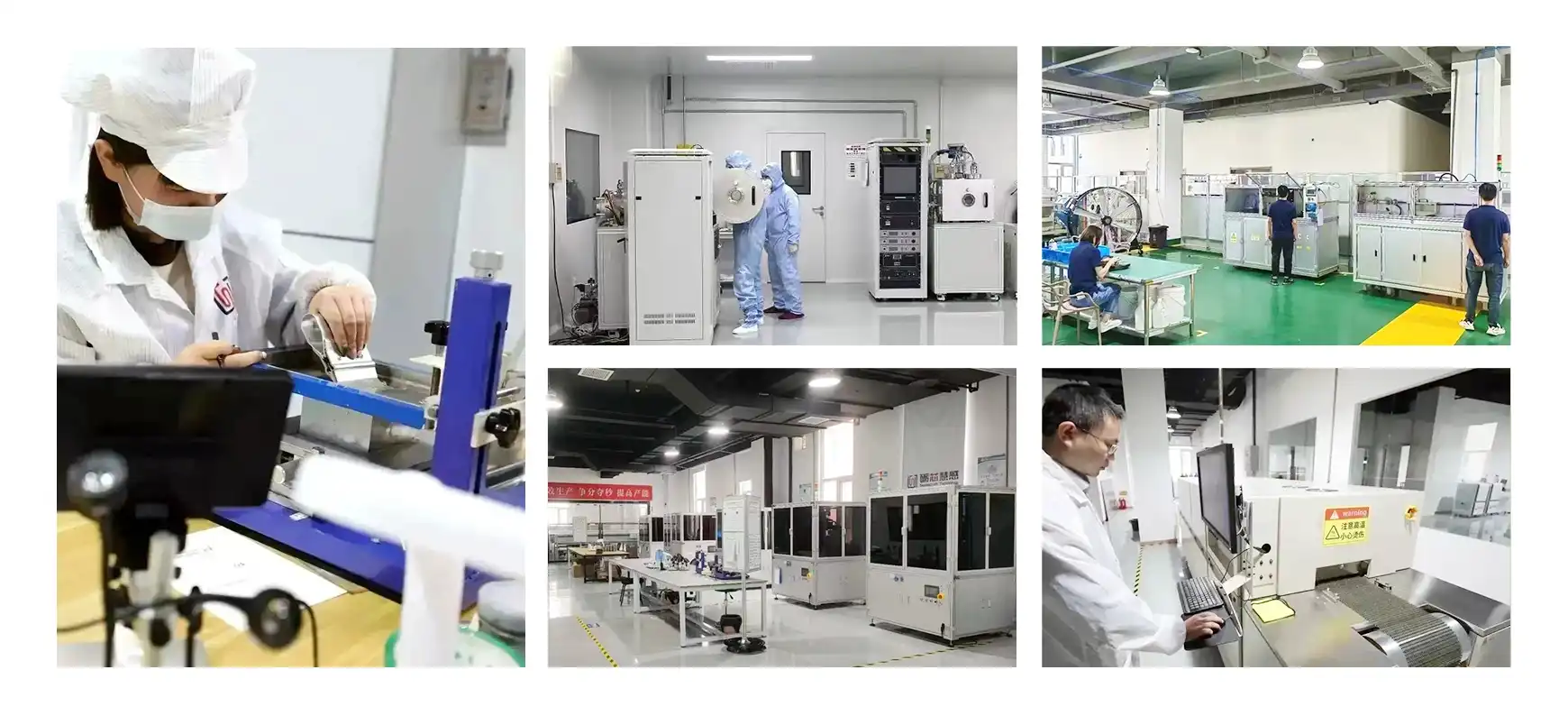
Applications in Modern Devices
Wearable Technology
The wearable technology sector has been one of the primary beneficiaries of flexible thermal sensor advancements. These sensors are being integrated into smartwatches, fitness trackers, and even smart clothing to provide continuous, comfortable, and accurate body temperature monitoring. The flexibility of these sensors allows for better skin contact and improved user comfort, making them ideal for long-term wear.
In medical wearables, flexible thermal sensors are revolutionizing patient monitoring. Devices equipped with these sensors can provide real-time temperature data, enabling early detection of fevers or other temperature-related health issues. The comfort and unobtrusiveness of these sensors make them particularly suitable for continuous monitoring in hospital settings or for at-home patient care.
Industrial and Automotive Applications
In the industrial sector, flexible thermal sensors are finding applications in process control, equipment monitoring, and safety systems. Their ability to conform to the shape of machinery or pipes allows for more accurate temperature monitoring in complex industrial environments. This can lead to improved efficiency, reduced downtime, and enhanced safety measures.
The automotive industry is also leveraging the benefits of flexible thermal sensors. These sensors are being used in battery management systems for electric vehicles, helping to monitor and regulate battery temperature for optimal performance and safety. They're also finding applications in seat heating systems and climate control, providing more precise and responsive temperature management for improved passenger comfort.
Consumer Electronics and Smart Homes
Flexible thermal sensors are making their way into various consumer electronic devices and smart home applications. In smartphones and tablets, these sensors can be integrated into the device's body to monitor temperature distribution, helping prevent overheating and optimize performance. In smart home systems, flexible sensors can be discreetly placed on various surfaces to provide comprehensive temperature monitoring for improved energy efficiency and comfort.
Future Trends and Innovations
Advancements in Materials and Fabrication
The field of polymer-based flexible thermal sensors is rapidly evolving, with ongoing research focused on developing new materials and fabrication techniques. Scientists are exploring novel polymer compositions that offer even greater flexibility, sensitivity, and temperature range. Advancements in nanomaterials and conductive polymers are opening up possibilities for sensors with enhanced performance characteristics.
Fabrication techniques are also advancing, with methods like 3D printing and roll-to-roll processing enabling more efficient and cost-effective production of flexible sensors. These manufacturing innovations are paving the way for large-scale production and wider adoption of flexible thermal sensors across various industries.
Integration with Other Technologies
The future of flexible thermal sensors lies in their integration with other emerging technologies. For instance, the combination of flexible sensors with wireless communication technologies is enabling the development of smart, connected temperature monitoring systems. These systems can provide real-time data transmission and analysis, opening up new possibilities for remote monitoring and predictive maintenance.
Another exciting area of development is the integration of flexible thermal sensors with energy harvesting technologies. This could lead to self-powered sensors that can operate autonomously for extended periods, further expanding their potential applications.

Expanding Applications
As flexible thermal sensor technology continues to advance, we can expect to see their application in increasingly diverse fields. In healthcare, these sensors could enable non-invasive, continuous monitoring of internal body temperature. In agriculture, they could be used for precise monitoring of soil and crop temperatures to optimize growing conditions. The possibilities are vast, limited only by our imagination and ingenuity.
The development of polymer-based flexible thermal sensors represents a significant milestone in temperature measurement technology. Their unique properties and versatile applications are driving innovation across multiple industries, from consumer electronics to healthcare and beyond. As research continues and manufacturing techniques improve, we can anticipate even more remarkable advancements in this field, further solidifying the role of flexible thermal sensors in shaping our technological future.
Conclusion
The rise of polymer-based flexible thermal sensors in modern devices signifies a paradigm shift in temperature monitoring technology. These innovative sensors offer unprecedented flexibility, accuracy, and versatility, making them invaluable in a wide range of applications. As we continue to push the boundaries of what's possible with flexible thermal sensors, we can expect to see even more exciting developments and applications in the future.
For more information about cutting-edge sensor technologies and their applications, please contact us at sales11@xatzd.com. Our team of experts is ready to assist you in finding the perfect sensing solution for your specific needs.
